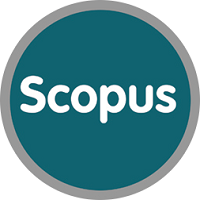Body, mind, and spirit: what makes up a person in Manambu
Aikhenvald, Alexandra Y. (2015) Body, mind, and spirit: what makes up a person in Manambu. Studies in Language, 39 (1). 85 -116.
|
PDF (Article)
- Published Version
Restricted to Repository staff only |
Abstract
In many languages, terms denoting the human body and its parts constitute a closed subclass of nouns with special grammatical properties. Many if not all parts of the human body may acquire dimensions of meanings with ethnographic importance. I focus on a tri-partite division of visible and invisible parts of a human and their attributes in Manambu, a Ndu language spoken in the East Sepik province of Papua New Guinea. The trichotomy of 'body' (səp), 'mind' (mawul) and 'spirit' (kayik) in Manambu reflects a culturally embedded conceptualization of what a human is. Each of the three taxonomic units has specific grammatical properties. The physical and mental profile of a human being in Manambu (as in many other languages) cannot be appreciated without understanding the grammar. Conversely, a structural analysis of a language is incomplete unless it makes reference to the system of belief and concepts encoded in it.
| Item ID: | 40072 |
|---|---|
| Item Type: | Article (Research - C1) |
| ISSN: | 1569-9978 |
| Keywords: | physical states; mind; spirit; ethnosyntax; the Sepik area; Manambu; body; mental states; body parts; Papuan languages |
| Date Deposited: | 29 Sep 2015 01:33 |
| FoR Codes: | 20 LANGUAGE, COMMUNICATION AND CULTURE > 2004 Linguistics > 200408 Linguistic Structures (incl Grammar, Phonology, Lexicon, Semantics) @ 100% |
| SEO Codes: | 97 EXPANDING KNOWLEDGE > 970120 Expanding Knowledge in Language, Communication and Culture @ 100% |
| Downloads: |
Total: 10 |
| More Statistics |



